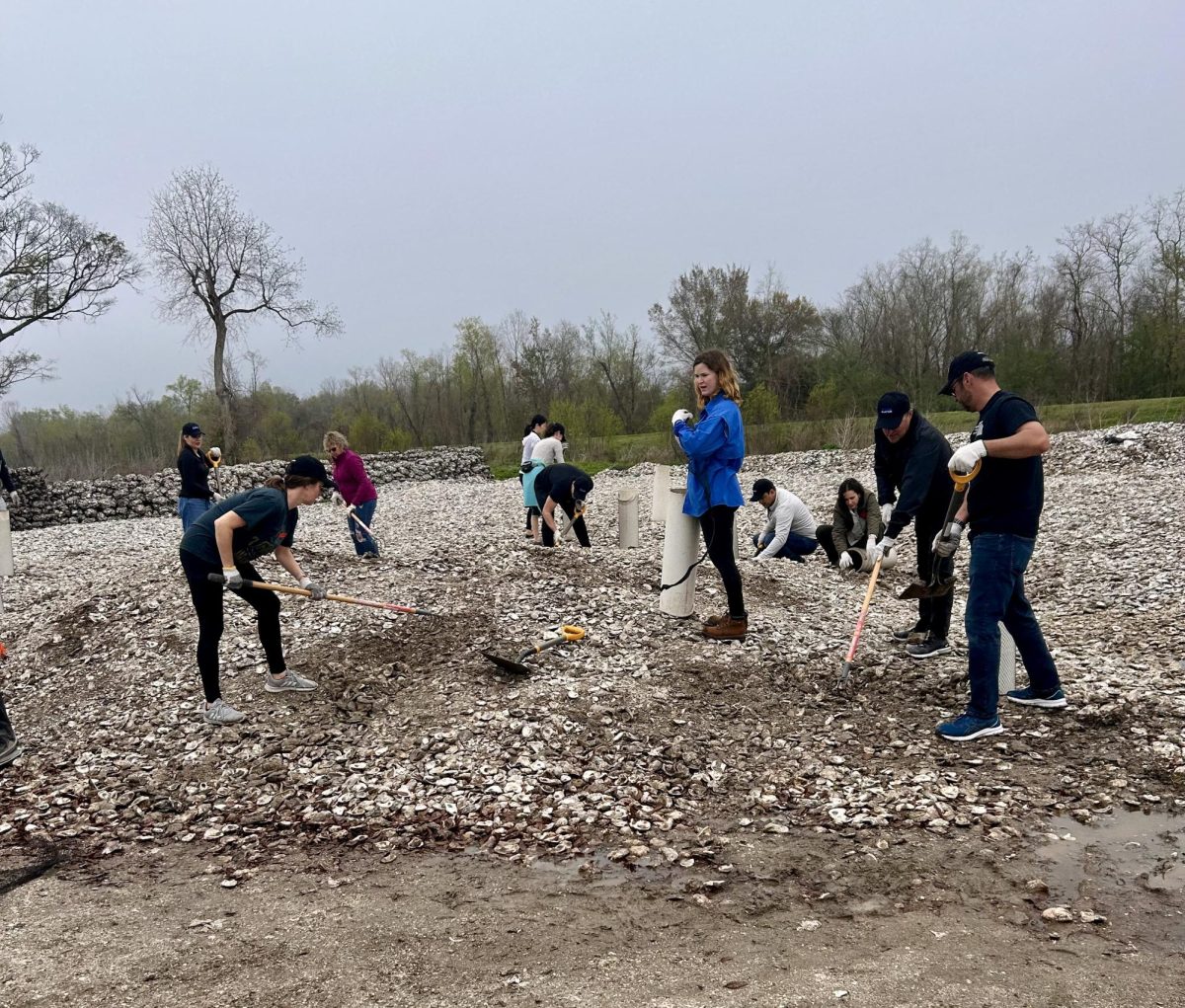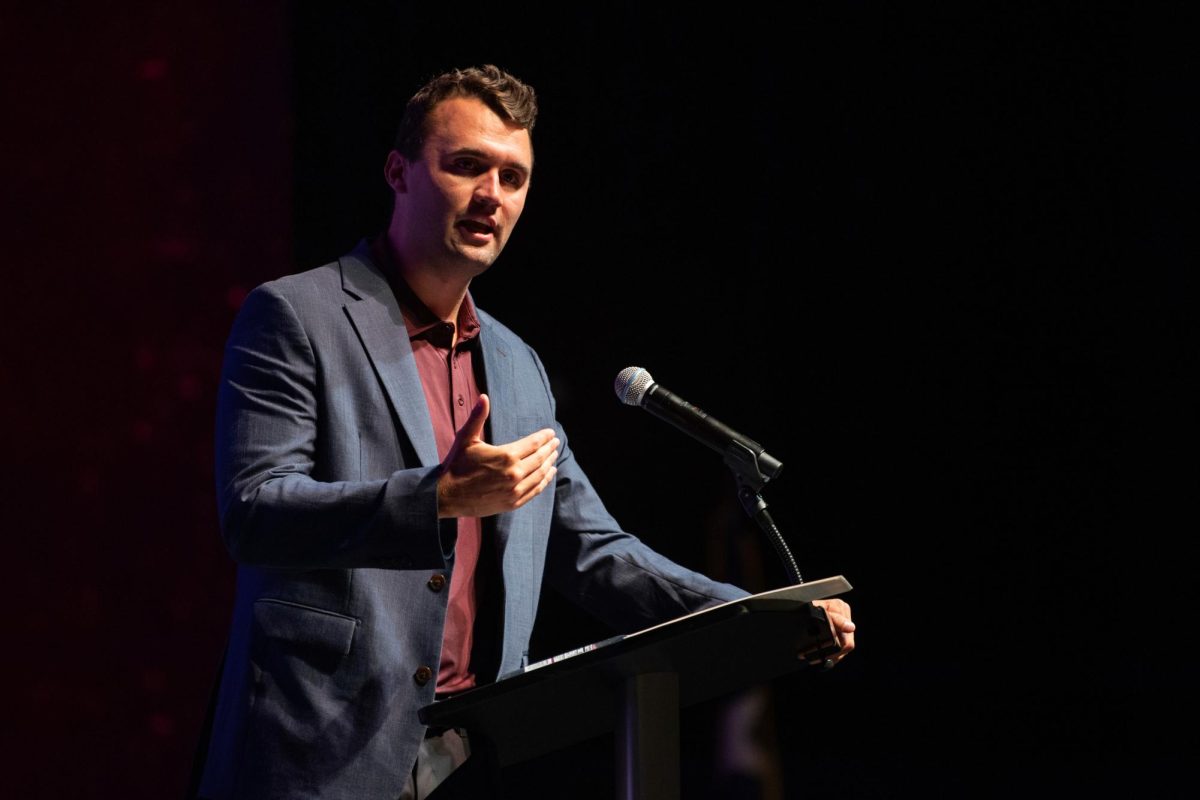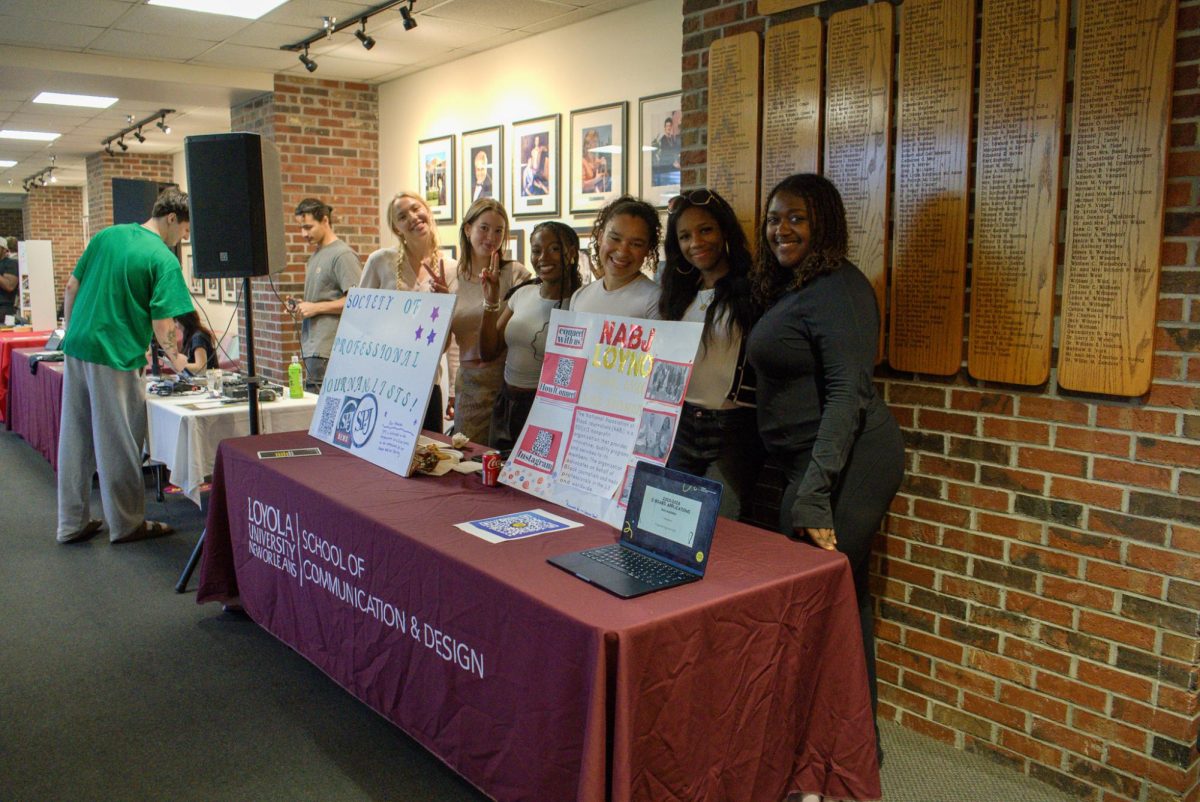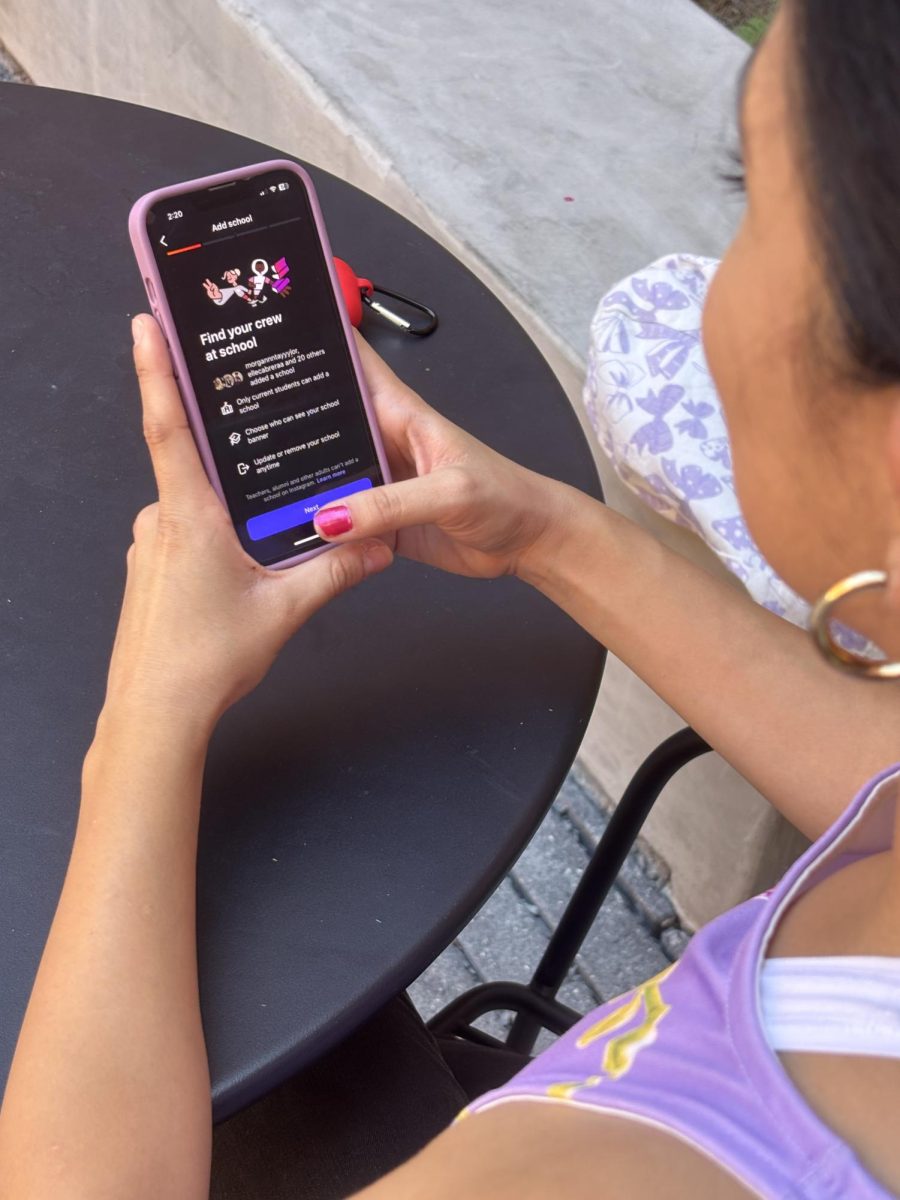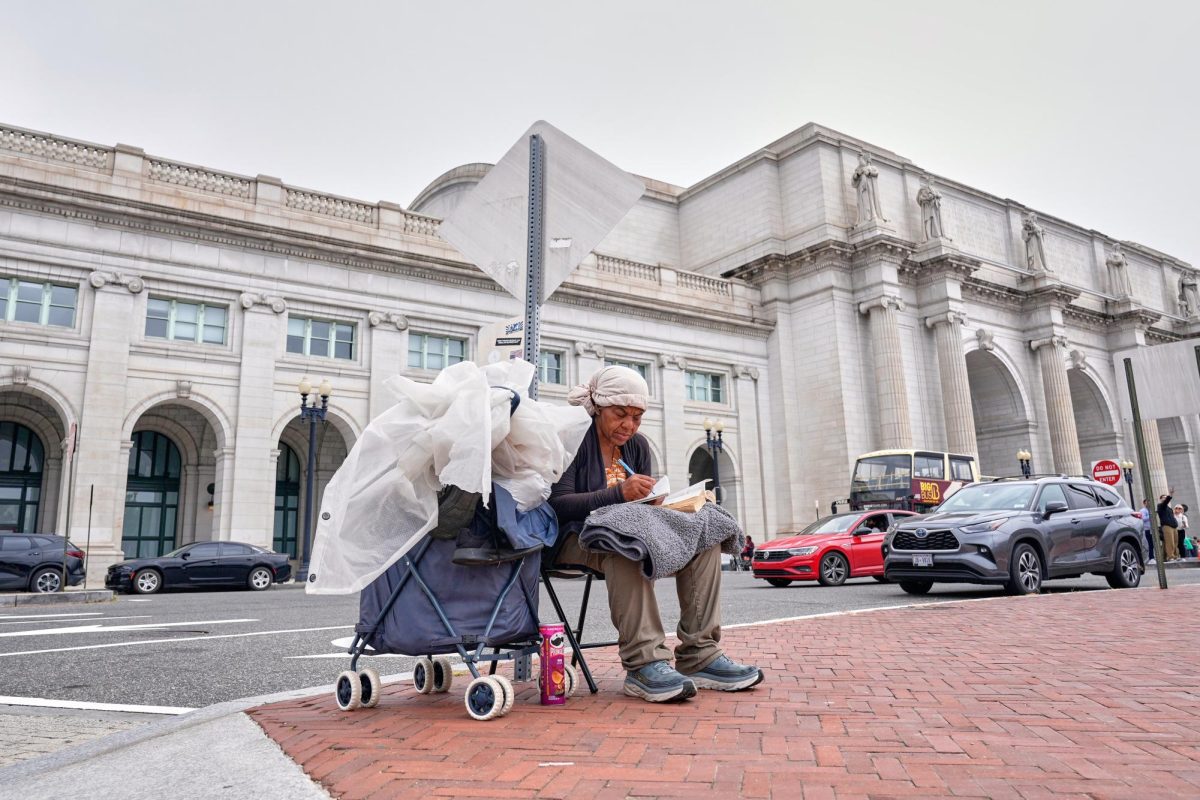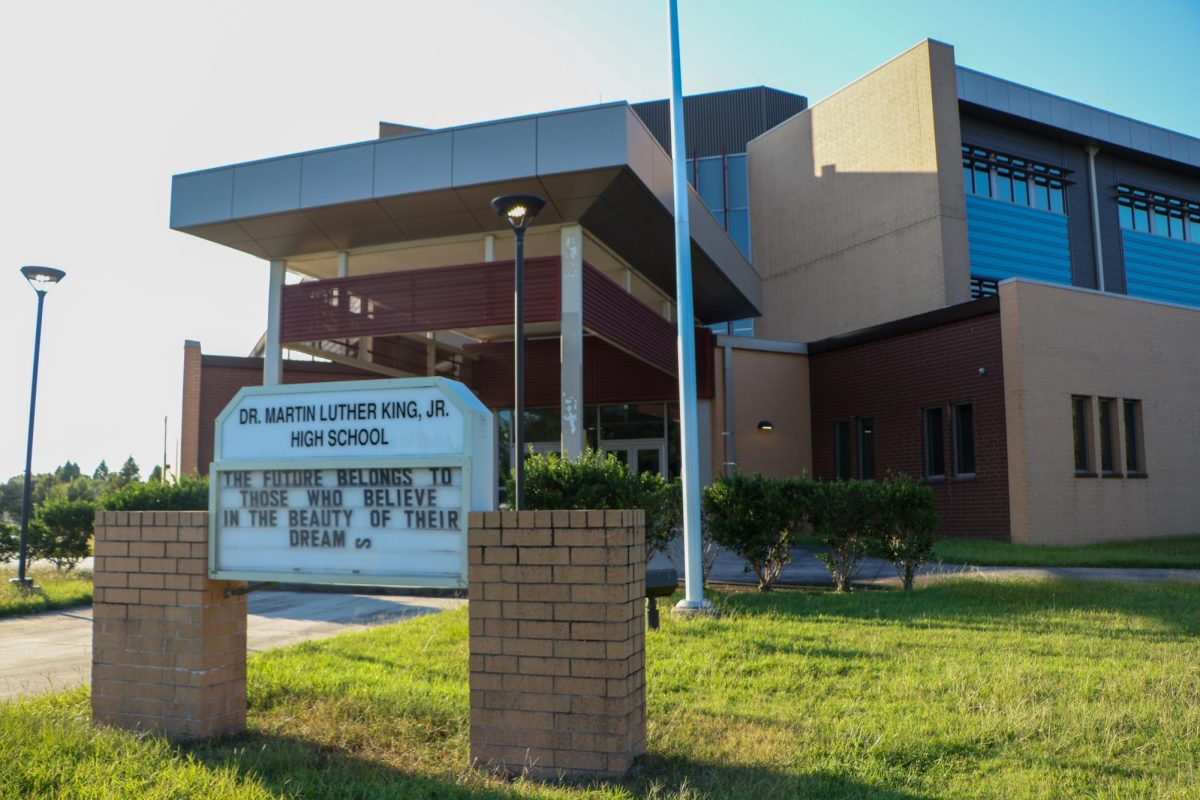A football field an hour – that is how much coastal land loss Louisiana is constantly experiencing, according to a 2011 U.S. Geological Survey. Since 1932, they have estimated that Louisiana has lost around 1,900 square miles of its coast, which is larger than the size of Rhode Island.
To combat this ever present issue, the Coalition to Restore Coastal Louisiana has numerous programs, including one that recycles oyster shells.
According to Fiona Lightbody, the coalition’s oyster shell recycling program coordinator, the oyster shells are cleaned, bagged, and sent to the coast to create a reef barrier in order to prevent and lower erosion rates.
The Coalition to Restore Coastal Louisiana partners with 30 restaurants in the greater New Orleans area to collect oyster shells to keep the shells from ending up in a landfill.
“A lot of them do really appreciate the sustainability aspect of this program. There’s actually a tangible outcome from their actions, which is really, really huge for them,” Lightbody said.
On March 2, Loyola’s Students for Environmental Action club partnered with the Coalition to Restore Coastal Louisiana at a volunteer event to bag the oyster shells.
SEA is an on campus organization with the mission of community involvement and education regarding environmental action.
“We do a lot of volunteering and outreach, like our trip to CRCL and then here on campus, we are working to make campus more environmentally friendly,” Ellie Redeman, SEA’s co-president and environmental science major, said.
Theclub is involved in numerous events both on and off campus. SEA volunteers various organizations in the New Orleans community such as Glass Half Full, as well as participates/hosts volunteer events on campus, like working in Loyola’s greenhouse.
SEA brought six members out to the oyster shell recycling event, where they spent a morning shoveling and bagging heavy oyster shells with dozens of people throughout the community and various other volunteer organizations.
“This was a really special volunteering opportunity because, I mean, coastal erosion is a big problem here in southern Louisiana,” Redeman said. “It’s kind of nice to be able to physically take action and fight that as well as you know, kind of like grow that community feeling and like know that you’re helping out your local community.”
This year, the Coalition to Restore Coastal Louisiana will be celebrating their 10 year anniversary of the oyster shell recycling program.
This specific program began in 2014 following the receival of a $1 million grant after the BP Deepwater Horizon oil spill crisis.
The coalition has functioned as an advocacy group since 1983, and ground programs began in 2000 with the planting of cypress trees and marsh grasses to prevent coastal erosion.
“We are engaging people with the coast, helping them make choices when they are voting, for instance, or also just helping people understand what legislation is coming out,” Lightbody said.
According to Lightbody, the mission of the coalition and the oyster shell recycling program is community involvement. The niche, as she refers to it, is in the citizens and the volunteers.
“We’re not doing huge scale projects that need to be contracted out, because then we’re missing that critical part, which is the people, the citizens,” Lightbody said. “The ones who can lose their livelihoods and their home and what they love about this place to the landloss crisis.”
Since the oyster program began a decade ago, they have recycled and sent nearly 14 million pounds of shells to the reef.
Both the Coalition to Restore Coastal Louisiana and Loyola’s SEA are continuing their fight for Louisiana’s coast as well as the environment as a whole.
“There are so many amazing community organizations and people out there that are working against climate change, working for climate change, and for environmental justice here in New Orleans,” Redeman said. “Just that itself is really inspiring, but I really recommend getting involved because it does you know, it feels good to like, bring change and see the change that you can make in a community.”


